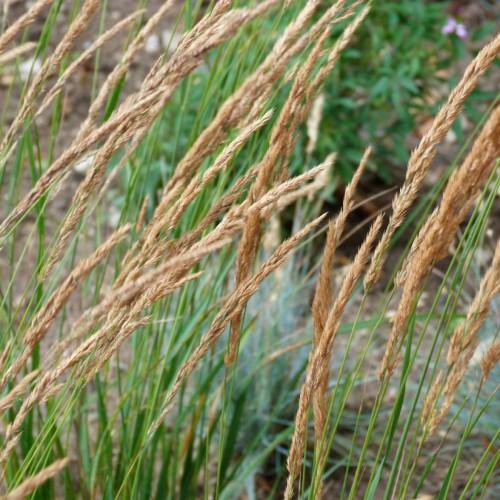
Bluejoint Reedgrass
Calamagrostis canadensis var. langsdorffii
Also Known As - BluejointWatering:
Average
Hardiness Zone:
Sun:
full sun,part shade
Leaf:
Yes
Growth Rate:
Low
Drought Tolerant:
Yes
Salt Tolerant:
Yes
Invasive:
Yes
Care Level:
Medium
watering
Bluejoint Reedgrass should be watered regularly throughout the growing season, which is generally from spring to summer. Water the plant deeply twice a week, applying enough water to soak the entire root system. This can range from about 1 to 1.5 inches (2.5 to 3.75 cm) of water per week. During particularly hot or dry weather, it is recommended to water more frequently or to supplement regular irrigation with soaking rains in order to keep the grass healthy and green.
sunlight
Bluejoint Reedgrass (Calamagrostis canadensis) grows best in areas with full sunlight for most of the day. In the northern hemisphere, it should receive sunlight from 10 am to 4 pm. In the southern hemisphere, it should receive sunlight from 8 am to 4 pm. To provide the best conditions for the plant, it is important to ensure that the soil receives at least 8 hours of sunlight, properly spread out throughout the day for the species.
pruning
Bluejoint reedgrass should be pruned once a year, in late summer or early fall. Pruning should be done moderately, with no more than 1-third of the foliage removed. For best results, prune back the entire plant to within 6-8 inches of the ground. This will promote strong new growth and encourage a lush appearance. Furthermore, if any flowers appear, they should be removed to prevent self-seeding. With proper management, Bluejoint reedgrass will reward you with a beautiful garden plant.
